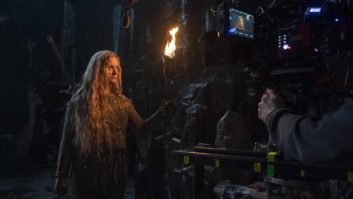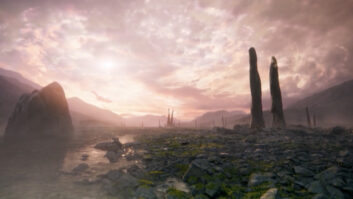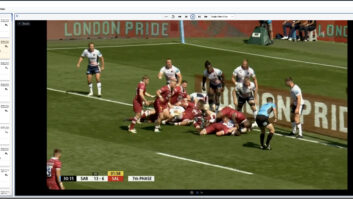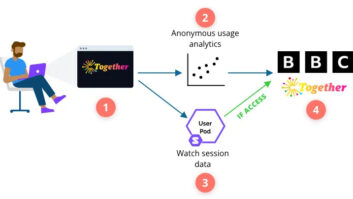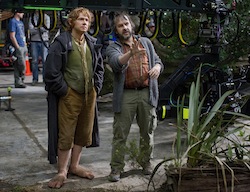
Peter Jackson kept adding the workflow challenges when making The Hobbit – an Unexpected Journey. Not just 3D, but at 48 frames per second: twice the cameras, twice the film rate. Those cameras were also shooting at 5k resolution, and in high dynamic range, with 16 bits per colour. And on some shooting days – the big battle scenes – there were as many as 16 camera pairs in action, generating hours of raw footage and terabytes of data. The simple mechanics of handling this amount of data were daunting, and it all had to work perfectly from day one, because once shooting started there was going to be no way to catch up later. Park Road, the Wellington post house that has long been Jackson’s preferred facility, used Mistika from Spanish company SGO for finishing work, largely because of its good 3D toolset. In discussion with Javier Moreno, SGO’s technical director, it became clear that Mistika could also be the workflow hub for the project. “We wanted to create a complete pipeline, based on one platform, from dailies work and dailies screenings right through to final online, stereo and colour grading,” said Phil Oatley, Park Road’s head of technology. His colleague Dave Hollingsworth added “When the decision was made to film and post The Hobbit in 48fps 3D there was no product on the market capable of delivering what was needed. SGO has a passionate and highly skilled development team that demonstrated an absolute commitment to developing everything else we needed to deliver this film.” As well handling as the sheer volume of data, workflows had to be able to cope with multiple resolutions. Viewing copies were made in 2D and side-by-side 3D for offline editing. While all the live action was shot in 48fps some of the effects were rendered in 24 fps, so these needed to be mixed on the timeline. And the finishing system switches seamlessly between 2k playback and full 5k 16 bit resolution while the operator is zooming in to fine tune picture detail. But the real challenges lay in the data management and workflow. The project was so complex that even EDLs needed parallel processing, and the idea of notifying the post supervisor by email that a render was complete becomes a problem when as many as 4000 renders are run in a single night.
(L-r) MARTIN FREEMAN and director PETER JACKSON on the set ofthe fantasy adventure “THE HOBBIT: AN UNEXPECTED JOURNEY,” aproduction of New Line Cinema and Metro-Goldwyn-Mayer Pictures(MGM), released by Warner Bros. Pictures and MGM.Photo by Todd Eyre
